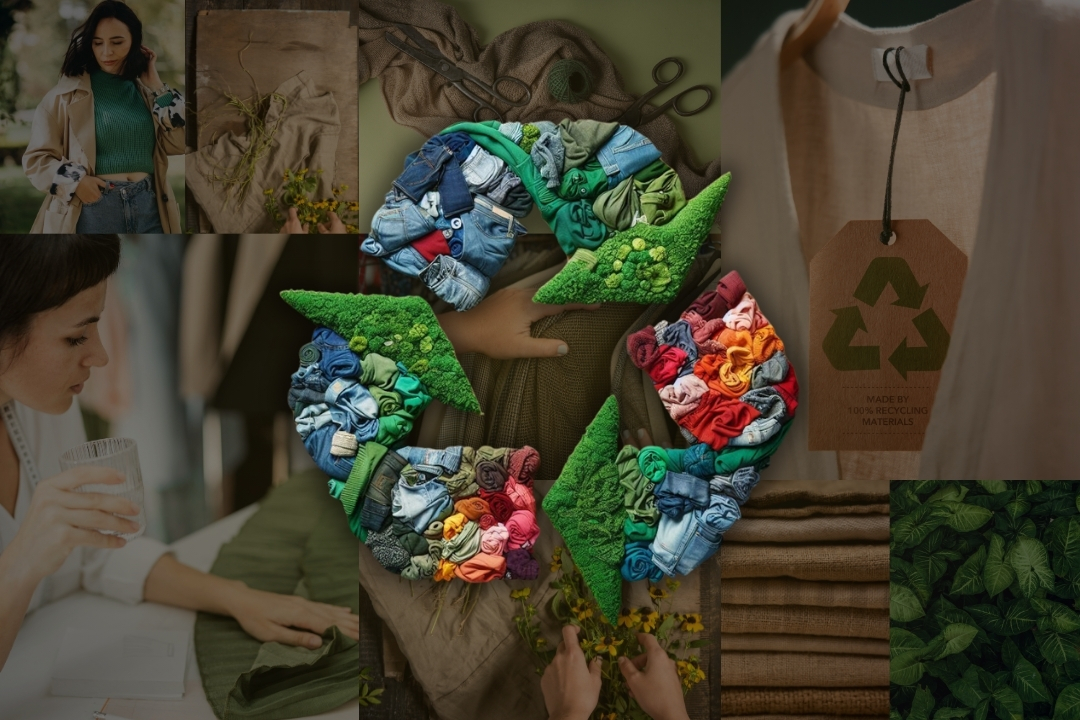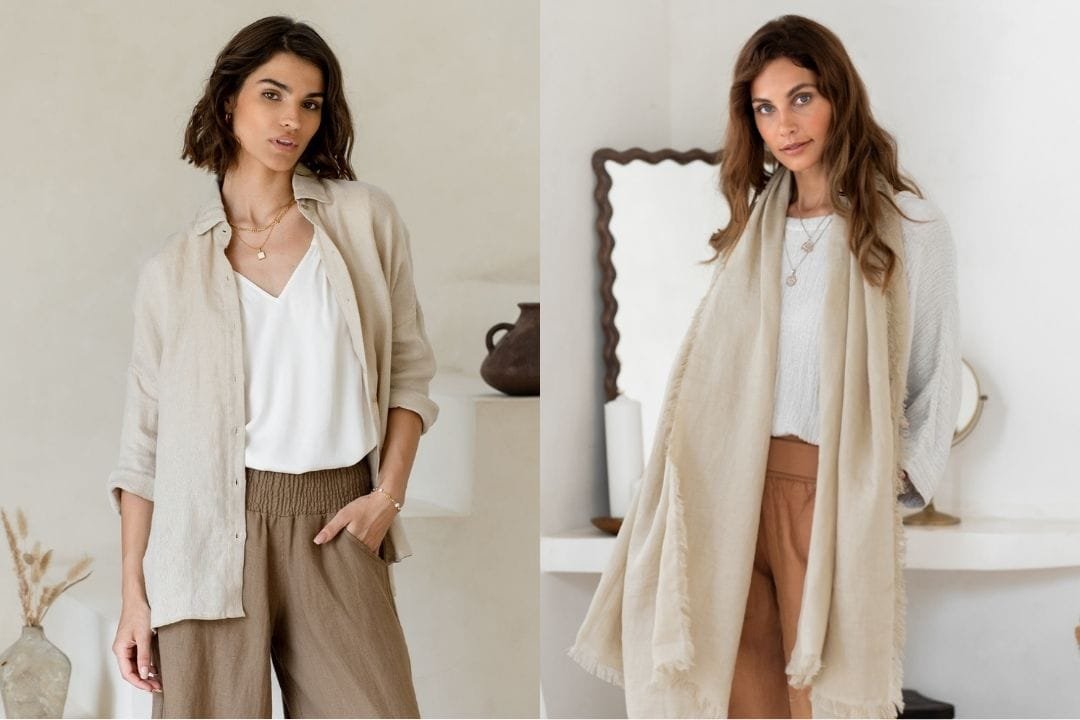In recent decades, the fashion industry has undergone radical transformations, spurred by changing consumer demands and a growing awareness of environmental and social issues. The rise of sustainable fashion is a response to these challenges, as companies seek to adopt more environmentally friendly practices and prioritize ethical production methods.
The Environmental Impact of Fast Fashion
Fast fashion, characterized by rapid production cycles and short-lived trends, has come under scrutiny for its environmental impact. According to Greenpeace, clothing production accounts for 10 percent of total carbon dioxide emissions globally, contributing to climate change. Moreover, the transient nature of fast fashion trends has led to increased production and waste, exacerbating the problem.
Approximately 500,000 tons of microplastics enter the oceans each year due to textile production, further highlighting the environmental toll of the fashion industry. These alarming statistics underscore the urgent need for change in the way clothes are produced and consumed.
Drivers of Sustainable Fashion
Several factors are driving the rise of sustainable fashion. Growing consumer awareness of environmental and social issues associated with traditional clothing production is a key driver. Consumers are increasingly mindful of the impact of their purchases and are demanding greater transparency and accountability from fashion brands.
Eco-friendly materials are another driving force behind sustainable fashion. Brands are turning to organic cotton, hemp, bamboo, and recycled polyester, which require fewer resources to produce and minimize the use of harmful chemicals. These materials not only benefit the environment but also promote human health and well-being.
The Concept of Circular Fashion
The concept of circular fashion is gaining traction within the industry, aiming to create a closed-loop system where clothing is designed to be recycled, upcycled, or biodegradable at the end of its life cycle. This approach reduces waste and encourages a more sustainable approach to consumption.
Ethical production practices are also a cornerstone of sustainable fashion. Brands are prioritizing fair wages, safe working conditions, and respect for workers’ rights, and are partnering with certified factories to ensure ethical production processes.
Innovative Design and Consumer Behavior
Innovative design plays a crucial role in sustainable fashion, with brands creating timeless pieces that are built to last and multifunctional garments that maximize their lifespan. Ultimately, the success of sustainable fashion depends on consumer behavior. As more people embrace eco-friendly lifestyles, there is a growing demand for sustainable clothing options, driving positive change within the industry.
Challenges and Opportunities
While the rise of sustainable fashion presents numerous opportunities for positive change, it also comes with challenges. Scaling up production of eco-friendly materials, overcoming cost barriers, and changing entrenched industry practices are just a few of the hurdles that sustainable fashion faces. However, with innovation, collaboration, and consumer support, the future of fashion looks greener than ever.
In conclusion, Sustainable fashion is not just a trend but a movement towards a more ethical, environmentally friendly, and socially responsible fashion industry. By embracing sustainability in both production and consumption, we can create a more sustainable future for fashion and the planet. As consumers, we have the power to drive positive change and shape the fashion industry into one that values people and the planet above profits.











